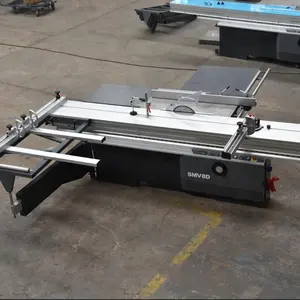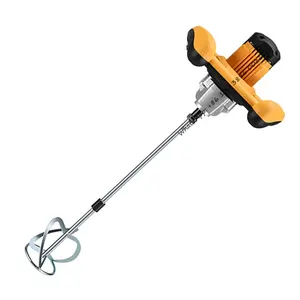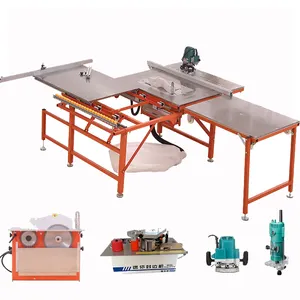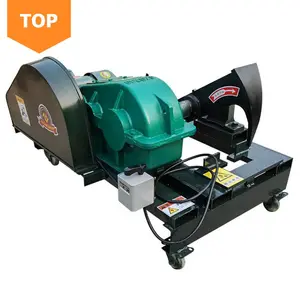Popular na sua indústria













































































Principais categorias
Sobre mj6130 madeira painel serra
Investir no notável. mj6130 madeira painel serra no Alibaba.com aumenta significativamente a produtividade de corte, reforma e processamento de madeira e outros materiais, como metais. Eles fazem esses processos e economizam tempo, o que é vital para qualquer negócio ou eficiência pessoal. Para atender a diferentes clientes com necessidades distintas de corte e processamento, estes são os melhores. mj6130 madeira painel serra estão disponíveis em uma seleção extremamente rica que compreende itens exclusivos adequados para diferentes aplicativos.
Para a melhor experiência do usuário e serviço, estes. mj6130 madeira painel serra são feitos de materiais incrivelmente fortes unidos por designs criativos. Isso os torna muito duráveis, proporcionando excelentes desempenhos. Por incorporarem invenções tecnológicas avançadas, são energeticamente eficientes. Eles consomem quantidades moderadamente menores de eletricidade quando comparados a outras máquinas destinadas ao mesmo propósito. Assim, eles permitem que seus usuários economizem quantias significativas de dinheiro nas contas de luz.
Os mais bem avaliados. É seguro trabalhar com mj6130 madeira painel serra no Alibaba.com porque têm recursos de segurança extras que protegem os operadores de danos. Seus preços justos e descontos generosos garantem que sejam fáceis de adquirir, enquanto as baixas taxas de quebra e as peças de reposição prontamente disponíveis tornam a manutenção simples. Seus componentes resilientes resistem aos impactos mecânicos que enfrentam em suas operações normais, o que os torna populares entre muitos usuários.
Ao navegar pelo Alibaba.com, os compradores em potencial descobrirão que é brilhante. Opções de mj6130 madeira painel serra. Escolher o caminho certo garante que os compradores terão o melhor valor e retorno sobre seu dinheiro. Comprar no site é altamente recompensador porque os compradores obtêm produtos de alta qualidade enquanto economizam tempo e dinheiro.






















